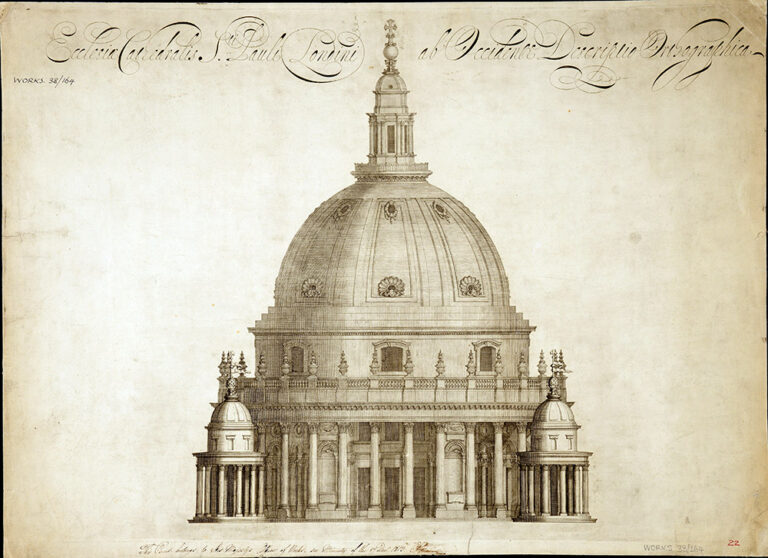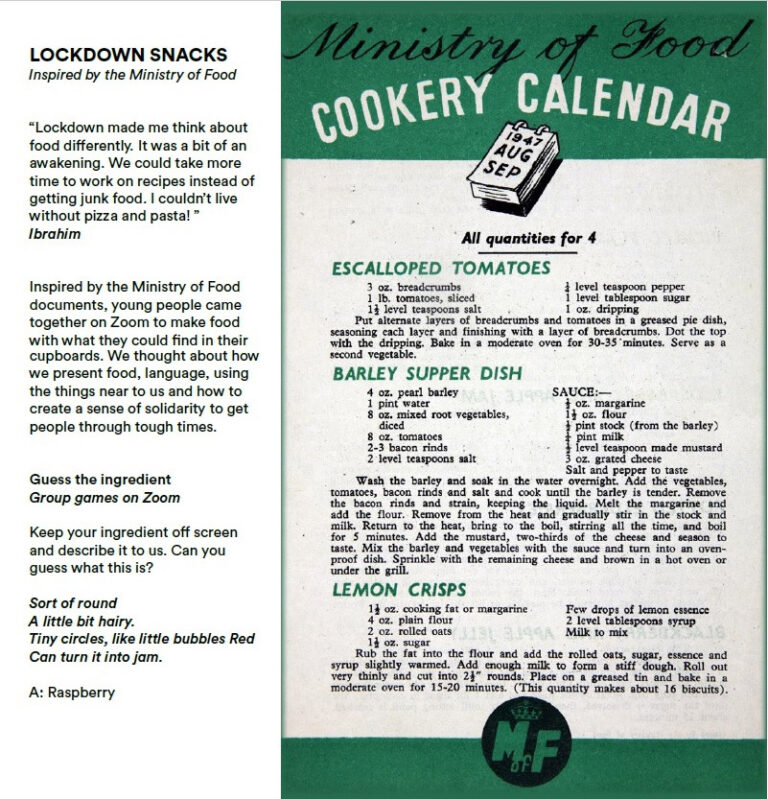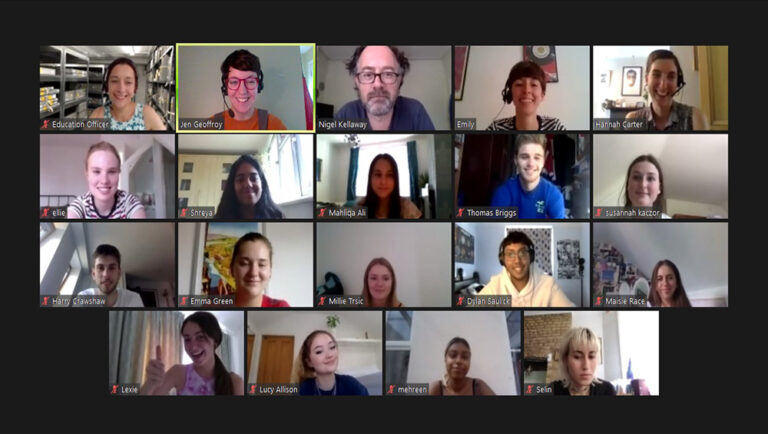The first lockdown back in March 2020 feels like a long time ago now. So much has changed since then, even if it feels like time slowed down for considerable periods of the year.
The Education teaching team at The National Archives has developed new ways of working to make sure that we can continue engaging our other audiences – families and young people. It’s definitely been a learning curve, but one which has shown the potential of digital programmes for engaging with these groups. In fact, before COVID-19, many of these digital activities did not exist!
Alongside Time Travel TV, which my colleagues Kat and Elspeth wrote about in this blog, we have been building the programme for our youngest visitors – the under 5s. We started with a series of ‘Tots’ storytelling videos for under-5s, where professional storyteller Dani Bradstreet and I introduce children to archive documents using sensory storytelling, props and music. Themes have included ‘Alice in Wonderland’, the seasons and animals, all inspired by visual documents in the collection. This then developed into live online events for under-3s, which have been taking place every few weeks since January.
It has been great fun to connect with families to see how much they enjoy the stories. One parent told us:
The storyteller was fantastic and engaging with my little one. My toddler had a fantastic time and joined in, which was really good to see. It was nice to hear of the history of The National Archives too.
For older children we’ve published on the website a range of activities which tie in with national initiatives such as the Big Draw, British Science Week and Arts Award. Originally we planned to run an Arts Award event on site, but we re-developed our plans into a set of resources to support children to achieve ‘Discover at Home’, itself an adaptation of an Arts Award level. The theme was ‘Architecture as art’, and children were encouraged to use archive documents to answer questions about famous historical buildings, as well as ‘meet’ an artist who helped them design their own buildings. We had some wonderful entries, and you can view a gallery of their creations on The National Archives’ Flickr gallery.

Our next family activities are for Refugee Week – watch this space for a Time Travel TV episode and a special ‘Craft Club’ video featuring artist Rana Ibrahim, who will guide children through a craft reflecting the theme of ‘journeys’.
One of our favourite projects for young people has been supporting a group of teenagers in Tooting, in south-west London. Working with partner Louise Pendry at Bounce Theatre, the project is the ultimate example of a ‘pandemic pivot’. Originally intended to be a pop-up exhibition around Tooting on the environment and climate change, the project morphed into something different as the lockdowns took bite. It eventually became a series of podcasts, recipes, poems (and everything in between!) called ‘Wonderland’, all inspired by a huge variety of records from the collection.

For us, the biggest success is in how it helped the young people cope with feelings of isolation during the lockdowns. You’ll soon be able to view the booklet which features all of the creative work that the young people produced as part of the project.
Our flagship programme for young people is our summer film-making project with Nigel Kellaway. Again adapting to COVID-19, this moved completely online in July 2020. ‘From Outbreak to Archive’ is a series of animated films created by 15 young people in their homes while they connected with us over Zoom. They explored documents relating to disease and public health over 600 years, and used their interpretations of the records to inspire their films.

As with any new project, we were not sure what to expect, but the young people blew us away with their creativity and dedication to the project. We are running our next online film project – ‘Rebels in the records’ – this July.
‘Seafarers’ Stories’ is taking place in August this year, and will be co-run by the Education and Outreach teams. Based on the work of Iqbal Singh, Regional Community Partnerships Manager at The National Archives, and in partnership with professional illustrator Serena Katt, ‘Seafarers’ Stories’ will be a graphic novel inspired by the records of colonial seafarers from Bengal, Mirpur and the Panjab who worked on-board mercantile ships travelling to Britain in the 1920s and 30s. Young people will explore stories of individual sailors to unpick themes of identity, journeys and racial discrimination – all while interpreting the stories into illustrations.
And finally, my colleague Sara Griffiths, Outreach and Inclusion Manager, recently wrote a blog on a project we co-ran in April, ‘Connecting through collections’, which engaged young people to work creatively with older people living with dementia.
I think all of the Education team recognises how fortunate we are to have been able to continue running projects and activities for schools, families and young people. We thank our colleagues in the Online Education team for all of the support they have given us to move our work online. We look forward to returning on site at The National Archives and to using some of the things we have learned over the last 15 months to keep on connecting with more and more people.